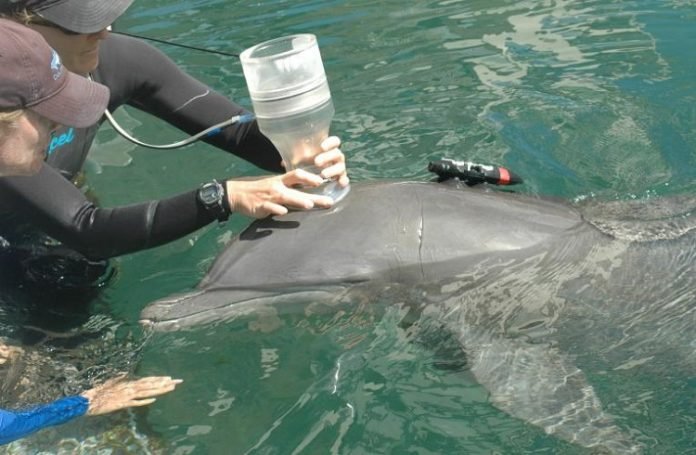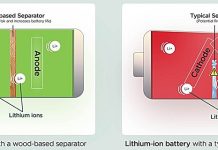
Researchers use noninvasive movement tags and a device that measures oxygen consumption to assess how much energy a dolphin uses while swimming.
From foraging for prey to evading predators, ship strikes, or other dangers, a dolphin’s survival often hinges on being able to crank up the speed and shift its swimming into high gear.
But burning all that rubber burns a lot of energy too, which, over time, can deplete reserves vital for growth, health, and reproduction if the animal’s movements use more calories than it can take in.
Being able to estimate these energy costs of locomotion (COL) and determine where the metabolic tipping point might be is essential for answering fundamental questions about dolphin physiology and ecology, and for understanding the impacts of human disturbance on them.
Because measuring the costs of locomotion in dolphins in the wild is extremely difficult, past studies have estimated it based on the number of fluke strokes per minute. Since not all fluke strokes are the same size, it’s an imprecise measure of swimming effort.
A new Duke University-led study provides a more reliable way to estimate energy costs in dolphins by using overall dynamic body acceleration (ODBA), an integrated measure of all body motions a dolphin makes during swimming.
“Researchers have used movement tags to measure ODBA in other species, but this is the first published study calibrating ODBA with energy expenditure in multiple dolphins,” said study leader Austin Allen, a postdoctoral researcher in marine biology at Duke’s Nicholas School of the Environment.
The work appears in the Journal of Experimental Biology.
As a proxy for measuring the cost of locomotion in wild animals, Allen and his colleagues conducted swim trials on six trained bottlenose dolphins at Dolphin Quest, a zoological facility in Oahu, Hawaii, during May 2017, 2018, and 2019.
Using a non-invasive device known as a pneumotachometer, they measured each dolphin’s oxygen consumption while at rest and immediately after it swam an 80-meter underwater lap across a lagoon.
Non-invasive biologging tags were also used to record each animal’s three-dimensional body motions over each section of the trial — such as when it was slowing down to make a turn or speeding up mid-lap.
By analyzing the collected data, a pattern began to emerge.
“There was some individual variation, but, overall, the results showed a significant correlation between oxygen consumption and body acceleration, which suggests ODBA can be a reliable proxy for COL,” Allen said.
“Working with dolphins in zoos or aquariums is allowing us to use data we’ve already collected using these tags in the field to evaluate the cost of locomotion in wild populations,” he said.



